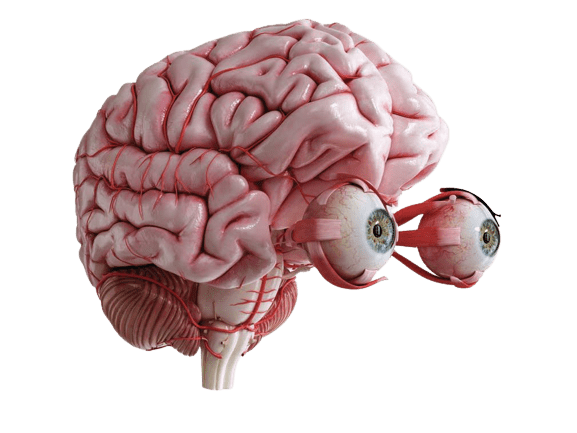NEURO OPTOMETRIC REHABILITATION
Neuro-optometric therapy is a process for the rehabilitation of visual / perceptual / motor disorders. It includes, but is not limited to, acquired strabismus, diplopia, binocular dysfunction, convergence and/or accommodation paresis/paralysis, oculomotor dysfunction, visual-spatial dysfunction, visual perceptual and cognitive deficits, and traumatic visual acuity loss. Visual problems caused by traumatic brain injury, cerebrovascular accident, multiple sclerosis, etc., may interfere with performance causing the person to be identified as learning disabled or as having attention deficit disorder.
A neuro-optometric rehabilitation treatment plan improves specific acquired vision dysfunction determined by standardized diagnostic criteria.
If left untreated, visual system disorders can have serious consequences, such as the ability to organize and make sense of visual information along with poor depth perception and difficulties concerning balance and posture.
Following are some common vision problems that may occur following brain injury or other medical conditions such as a stroke:
- Eye focusing – Blurred vision or ability to shift focus between objects between near and far distances may be compromised.
- Eye teaming – Your eyes may not work together properly as a team even to the point of experiencing double vision.
- Eye movements – You may experience difficulty with eye movements when reading or trying to follow a moving object (like a ball being thrown). Losing your place while reading is common complaint
- Motion sensitivity – The integration between the vision and balance system can be disrupted, making it difficult to process motion properly. Symptoms can include discomfort and even dizziness when scrolling on a computer screen or phone, or when in busy environments such as grocery stores, social settings, or sporting events.
Symptoms may vary among individuals, but some typical symptoms include:
- Visual Field Loss
- Eye Pain and Headaches
- Sensitivity to Light
